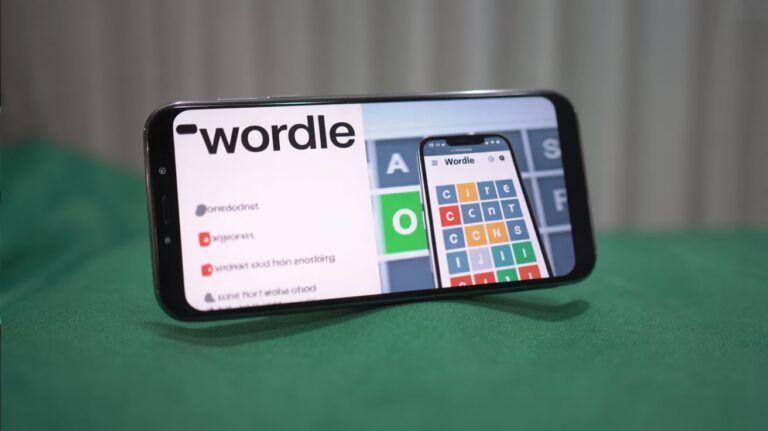
What Does No Guard Do in Pokémon
Picture this: a Pokémon showdown where every strike lands with pinpoint accuracy, where evasion is a myth, and every move—yours and your opponent’s—hits its mark without fail. This isn’t just a dream scenario; it’s the thrilling reality brought to life by the No Guard ability. But what does No Guard do in Pokémon? Introduced in Generation IV, this ability transforms battles into a high-stakes game of precision, stripping away the unpredictability of misses and delivering a raw, unfiltered exchange of power. In this in-depth, easy-to-read guide, we’ll explore everything you need to know about No Guard—its mechanics, its masters, and its strategic magic—unlocking why it’s a fan-favorite ability that can make or break your Pokémon journey.
Table of Contents
What Does No Guard Do in Pokémon? The Basics Explained
So, what does No Guard do in Pokémon battles? At its core, No Guard is an ability that guarantees every move used by or against a Pokémon with this trait will hit its target. In the Pokémon world, moves come with an accuracy stat—like 70% for Thunder or 85% for Fire Blast—that dictates their chance of landing. No Guard wipes that uncertainty away, setting accuracy to a flawless 100%. Your attacks? They’ll always connect. Your opponent’s moves? They’ll never miss either.
This dual-edged nature is what makes No Guard so fascinating. Imagine firing off a Blizzard in a storm without worrying about its 70% accuracy—it’s a sure hit with No Guard. But if your opponent counters with a shaky Hypnosis, that sleepy 60% accuracy becomes a guaranteed snooze for your Pokémon. Understanding what does No Guard do in Pokémon means grasping this trade-off: unrivaled precision for both sides.
How No Guard Breaks the Rules of Battle
Beyond basic accuracy, what does No Guard do in Pokémon when it comes to trickier moves? It shatters the shield of semi-invulnerable states. Moves like Fly, Dig, or Bounce make Pokémon untouchable for a turn—unless No Guard is in play. With this ability, an Earthquake can rumble through a Digging foe, or a Thunderbolt can zap a Flying target mid-air. This opens up bold new possibilities, letting you punish opponents who think they’re safe.
However, No Guard isn’t all-powerful. Type immunities still stand firm. Curious about what does No Guard do in Pokémon against a Ghost-type? A Normal-type move like Tackle won’t suddenly work—type rules trump No Guard’s accuracy boost. It’s a precision tool, not a type-bending cheat code.
The Pokémon That Wield No Guard
Which Pokémon can tap into this ability? Knowing what does No Guard do in Pokémon is only half the battle—you need the right fighters. Machamp, the four-armed brawler, is a poster child for No Guard, turning its shaky Dynamic Punch into a confusion-causing certainty. Golurk, the ghostly golem, pairs No Guard with moves like Shadow Punch for relentless offense. Then there’s Honedge, whose blade-sharp precision gets a boost from this ability.
Other contenders include Karrablast and Golett, each bringing unique flavors to No Guard’s power. For these Pokémon, what does No Guard do in Pokémon battles is clear: it transforms their risky, high-reward moves into dependable weapons.
Strategic Brilliance: What Does No Guard Do in Pokémon Tactics?
Let’s dive into strategy—because what does No Guard do in Pokémon isn’t just about hitting; it’s about winning. No Guard shines with moves that trade accuracy for potency. Take Zap Cannon: 50% accuracy, but it paralyzes on contact. With No Guard, it’s a paralyzing promise. Or consider one-hit KO moves like Sheer Cold—normally a long shot, but with No Guard, it’s a chilling guarantee (though banned in most competitive scenes).
The flip side? Your Pokémon becomes a punching bag. A frail No Guard user like Honedge might crumble under a barrage of flawless enemy hits. Smart trainers pair it with tanky teammates or support moves like Reflect to soften the blows. In double battles, a partner using Follow Me can redirect attacks, letting your No Guard star shine safely.
No Guard’s Unique Move Interactions
Ever wondered what does No Guard do in Pokémon with specific moves? It’s a game-changer for some, irrelevant for others. Low-accuracy powerhouses like Inferno (50%) become infernos of reliability. Meanwhile, perfect-accuracy moves like Swift or Aura Sphere? No Guard doesn’t touch them—they’re already flawless.
What about evasion tricks? If an opponent boosts evasion with Double Team, No Guard laughs it off—your moves still land. But don’t expect it to pierce Protect’s wall; a glitch in Diamond and Pearl once let sub-100% moves slip through, but modern games patched that out. Today, what does No Guard do in Pokémon is straightforward: perfect hits, no exceptions, within the rules.
The History and Evolution of No Guard
Since its debut in Generation IV, No Guard has carved a niche in Pokémon lore. But what does No Guard do in Pokémon across time? Early on, that Diamond and Pearl glitch gave it unintended flair, letting moves like Stone Edge bypass Protect. Post-patch, it settled into its current form—reliable, balanced, and beloved.
In competitive play, No Guard has seen ups and downs. Machamp’s Dynamic Punch spam was a terror in early tiers, while Golurk’s Earthquake precision holds its own today. Knowing what does No Guard do in Pokémon history helps you appreciate its journey from glitchy wildcard to tactical gem.
Community Takes: Love and Risks of No Guard
Ask fans, “What does No Guard do in Pokémon battles?” and you’ll get a mix of cheers and cautions. On forums like Reddit, players praise its offensive might—one trainer called it “a cheat code for big hitters.” Others warn of its vulnerability, with a Smogon user noting, “It’s a glass cannon’s dream and nightmare.” This split reflects No Guard’s essence: high risk, high reward.
No Guard in Action: Battle Scenarios
Picture this: your Machamp faces a speedy Jolteon. Normally, Dynamic Punch’s 50% accuracy is a gamble—but with No Guard, it lands, dealing damage and confusion. Jolteon’s Thunder, usually a coin toss, now zaps Machamp back. What does No Guard do in Pokémon here? It turns a dice roll into a slugfest.
Or imagine Golurk versus a Dig-using Sandslash. Sandslash dives underground, dodging most attacks—except Golurk’s No Guard Earthquake, which flattens it mid-burrow. These moments show what does No Guard do in Pokémon: it rewrites battle scripts with unmissable drama.
Building a Team Around No Guard
To master No Guard, think beyond one Pokémon. What does No Guard do in Pokémon team-building? It demands balance. A sturdy partner like Blissey can heal your No Guard hitter, while a wall like Skarmory sets up hazards to punish incoming foes. Weather teams amplify moves like Hurricane, making No Guard a storm of destruction.
Avoid pairing it with frail sweepers—your No Guard Pokémon needs staying power. The ability’s strength lies in enduring the hits it invites while dishing out perfect strikes.
Conclusion: Why No Guard Matters
So, what does No Guard do in Pokémon? It’s a bold promise of precision, a double-edged sword that cuts through uncertainty and leaves battles raw and real. Whether you’re landing a game-ending Fissure or weathering an opponent’s onslaught, No Guard demands skill, guts, and strategy. For trainers asking what does No Guard do in Pokémon, the answer is simple yet profound: it turns every move into a sure thing, challenging you to wield its power wisely. Master it, and you’ll command battles with unmatched confidence—misses be damned.






